Orca Security’s journey to a petabyte-scale data lake with Apache Iceberg and AWS Analytics
AWS Big Data
JULY 20, 2023
With data becoming the driving force behind many industries today, having a modern data architecture is pivotal for organizations to be successful. In this post, we describe Orca’s journey building a transactional data lake using Amazon Simple Storage Service (Amazon S3), Apache Iceberg, and AWS Analytics.


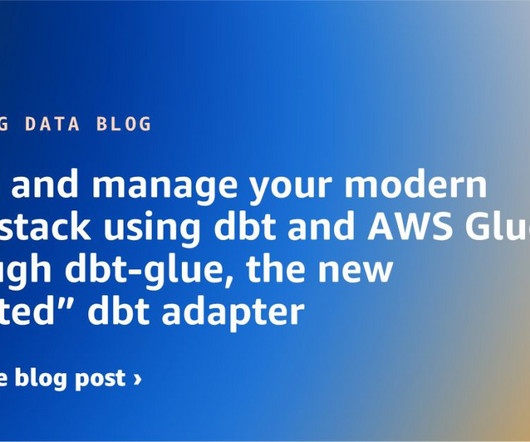
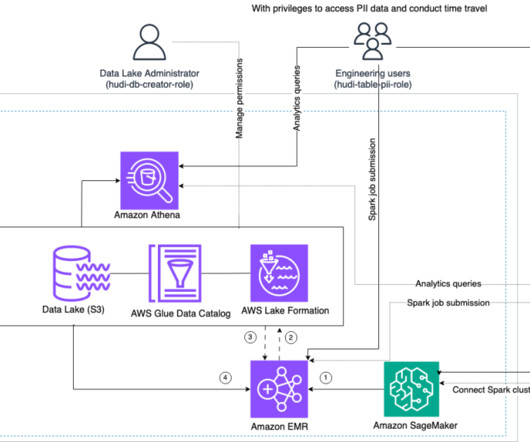
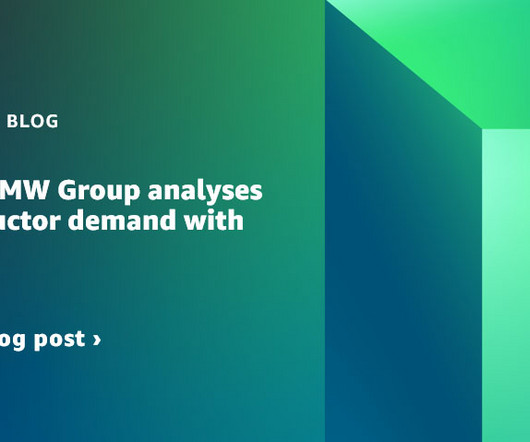


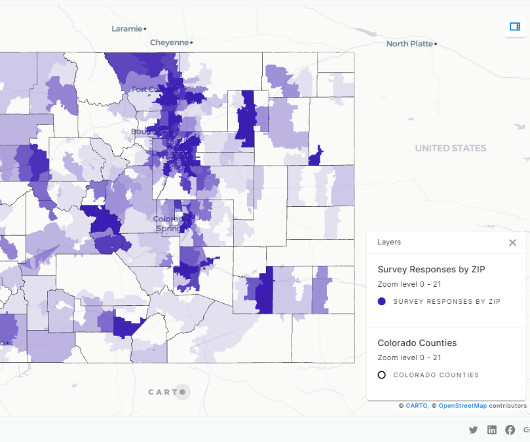
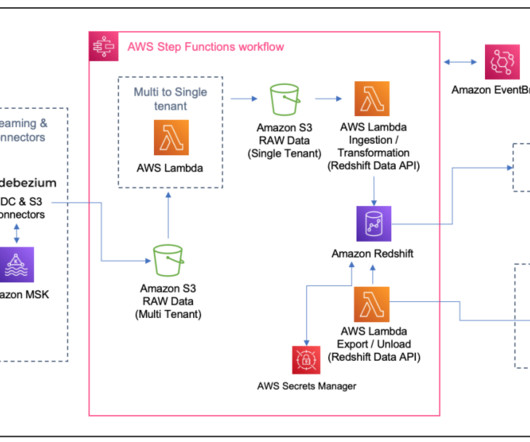


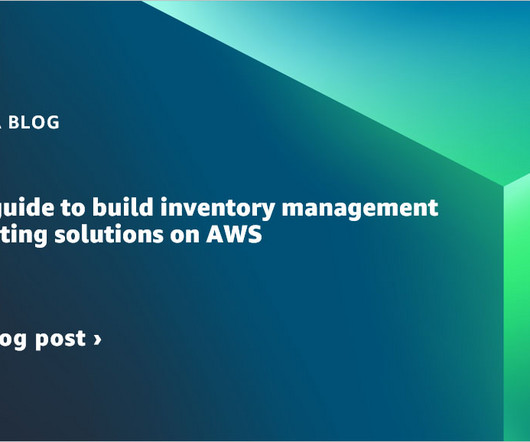
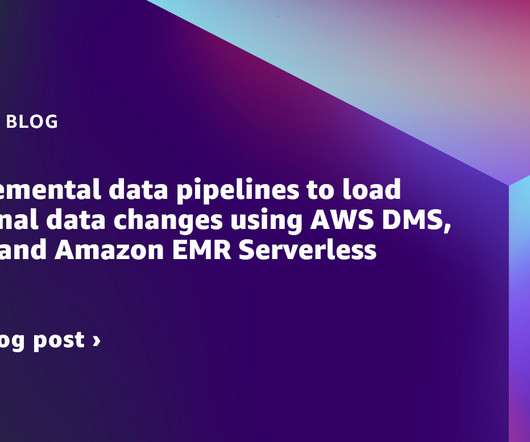
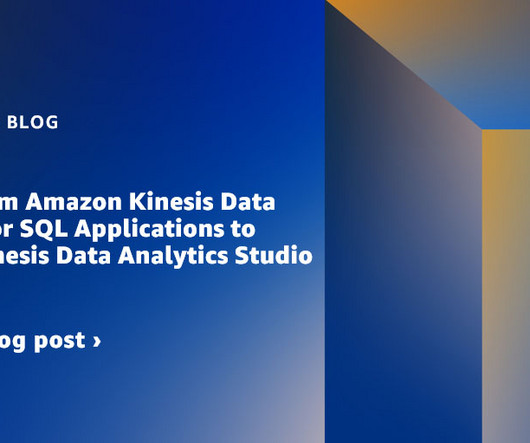

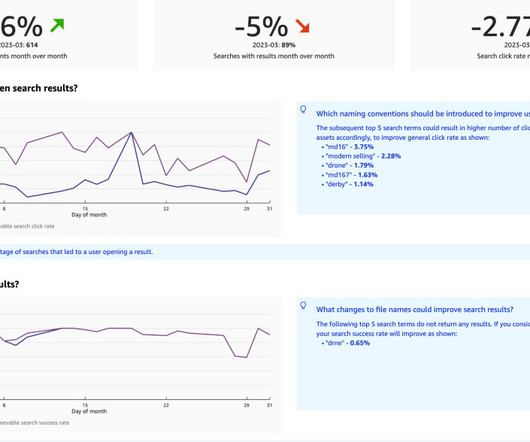
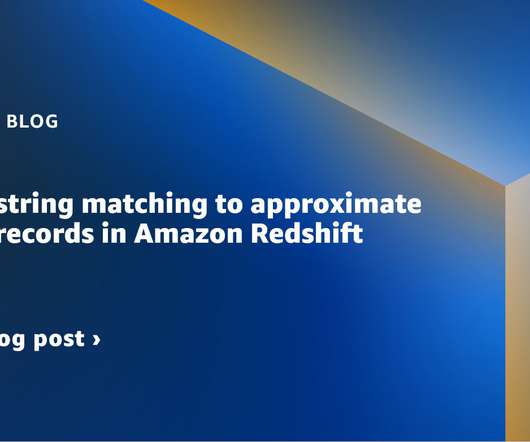












Let's personalize your content